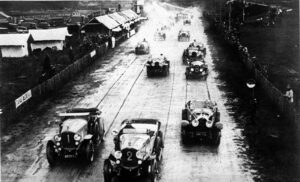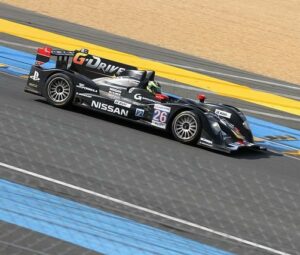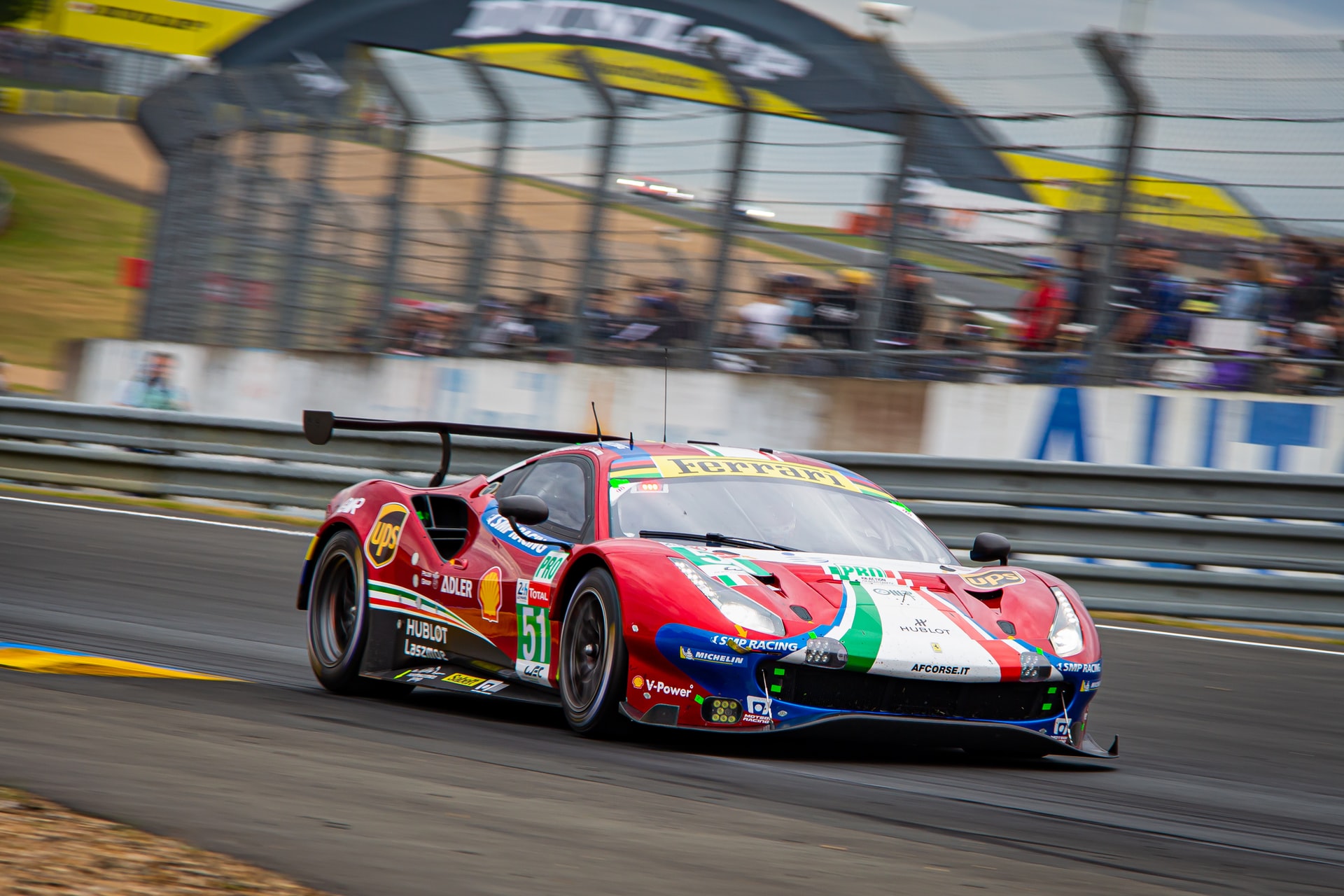Some races are not meant for the faint of heart. People will take up a race in a video game and think that they have accomplished something. However, some races are so tough that nobody was able to be victorious multiple times, or rather, has had the will to compete so many times.
Endurance races are present in all types of sports, including motorsports. What does an endurance rane look like in motorsports? Well, like the 24 Hours of Le Mans. As you could probably infer from the name, the race includes driving for 24 hours, racing all the time. Every second counts and you cannot lose focus.
Here is more about this very interesting but also slightly crazy race.
The Origin Story
Everyone loves a good origin story, unless it is that of Spider-Man or Batman, which were told so many times that hearing about great power and Martha sends people into a mood that is best described as intense.

The origin story of the 24 Hours race is simple. At a time when Grand Prix racing was being established throughout the world, a different type of race was being considered by the Automobile Club de l’Ouest, also known as ACO, the largest automotive group in France.
The race was supposed to be a completely different take on then popular Grand Prix races. It was successful, the first Le Mans being held in 1923. The race forced manufacturers to adapt in ways that were completely different to other races.
Why So Many Hours?
The answer to this was a different challenge and the idea of steering manufacturers in the direction of reliability instead of bursts of excellence. Vehicles that participate in the 24 Hours race have to be reliable. They will be racing non-stop. The roads are public most of the way, meaning that they don’t get any special care that the Grand Prix and NASCAR race tracks get.
Manufacturers had to start focusing on making vehicles which would be able to last a long time driving with about 80 to 100% of their available performance. Being a circuit race, the drivers would quickly adapt to the conditions, but they would still need to care about bumps in the road and other things that could damage their car.
This implied more attentive drivers and the most resilient driver and car combination often taking the victory.
The Types of Cars at the Race

What makes Le Mans interesting is that the cars that race there are anything but regular. From the inception of the race, manufacturers focused on speed and fuel economy. Cars with lots of output and economy were favored. What we would call supercars or GT cars have been the standard at Le Mans from the very start of the race.
There have been a plethora of interesting cars at the Le Mans with lots of even more interesting engines, from turbocharged petrol to hybrids which rely on biofuel and ethanol. Audi had its V10 diesel engine and Mazda was the only manufacturer to take a victory without using a piston engine. Mazda, as was tradition in the 80s and 90s, won a race using a 4-rotor Wenkel engine, which was the 1991 Le Mans race.
The 24 Hours of Le Mans is an annual endurance race that takes place at the Circuit de la Sarthe and is absolutely crazy.




